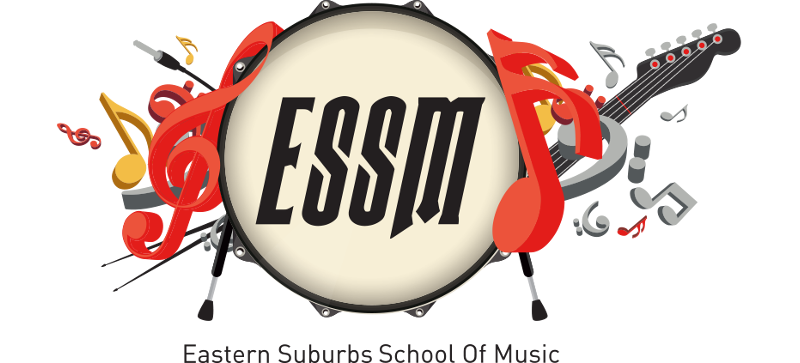Triad Chords – Music Theory Made Easy
In music lessons you will hear words like scales, notes, chords, major, minor – the list of jargon we use in understanding music is quite large. Teachers forget to explain what these words mean. In this article we look at chords in their simplest form, the triad chord.
WHAT IS A CHORD?
A chord is created when notes are played together. We label chords under titles like major, minor, augmented and diminished. All chords are “born” from scales. See our previous post on scales to review how scales are created. Major chords are created from major scales. Minor chords are created from minor scales. When we create a chord we do so by leaping through the scale. Regardless of what type (major or minor) of scale you are using this is applied.
TRIAD CHORDS
As the name suggests these chords have 3 notes. We take notes 1, 3 and 5 to create a triad chord. Using A major and A minor scales as an example:
A major scale – A B C# D E F# G# A
A major chord = A C# E
A minor scale – A B C D E F G
A minor chord = A C E
This can be applied to all major and minor scales.
TIP – chords are ‘spelt’ correctly by always skipping a letter in the musical alphabet. Use this as a starting point to quickly get the right letters to use. Any chord with a starting note of A will also use the letters C and E. This applys for any type of Ab, A or A# chord.
CHORD TYPES
Not only are there major and minor chords in music. Other triad chords are the diminished, augmented, suspended 2nd and suspended 4th. Here is a table showing how these chords are changed from the major chord.
DIMINISHED 1 b3 b5
MINOR 1 b3 5
MAJOR 1 3 5
AUGMENTED 1 3 #5
SUSPENDED 2 1 2 5
SUSPENDED 4 1 4 5
A diminished chord is like the minor chord with the last note being flattened. Therefore, A dimished is A C Eb.
An augmented chord is like the major chord with the last note raised (sharp). Therefore A augmented is A C# E# (remember a chord is spelt correctly by skipping letter names. We write E# to be enharmonically correct).
Suspended chords avoid being classed major or minor. This is due to the note 1, 2, 4 and 5 being identical in major and minor scale. Check the A major and A minor scales above. The only note that changes is note 3. As chords are categorised by the 3rd of the scale, the lack of a 3rd in this case makes them a class of their own.
Has this post given you a better understanding of chords? For further questions feel free to contact us via the contact form. For booking music theory lessons call Rhys on 0421 705 150 today






 0421 705 150
0421 705 150